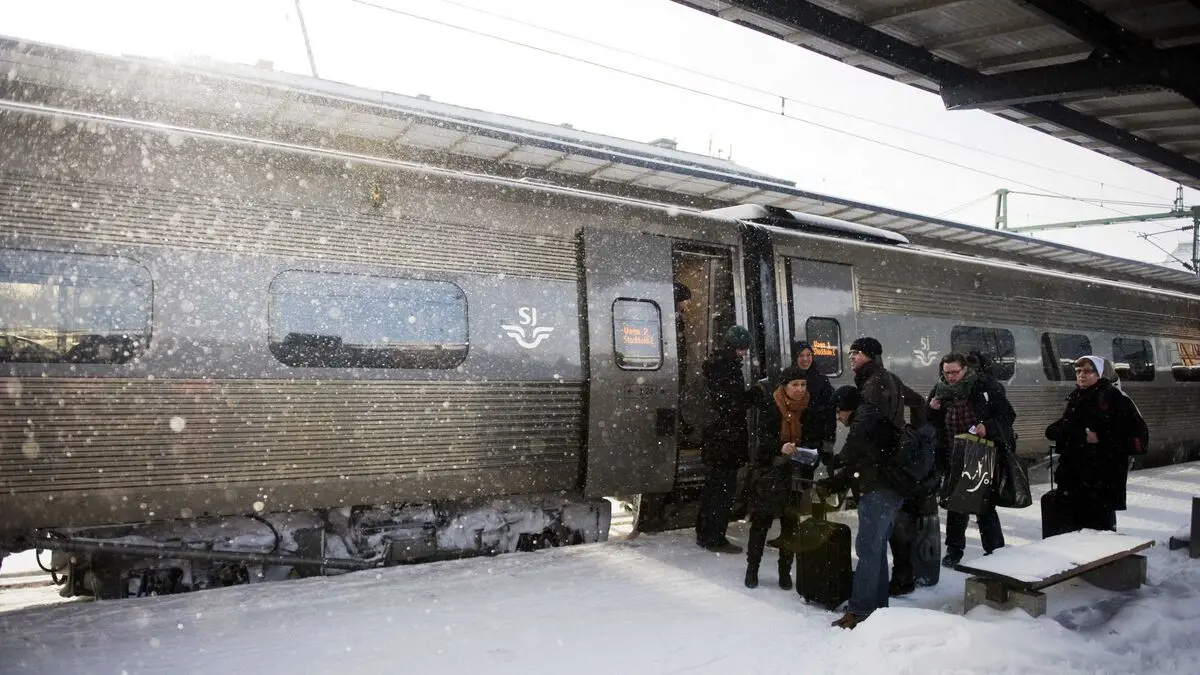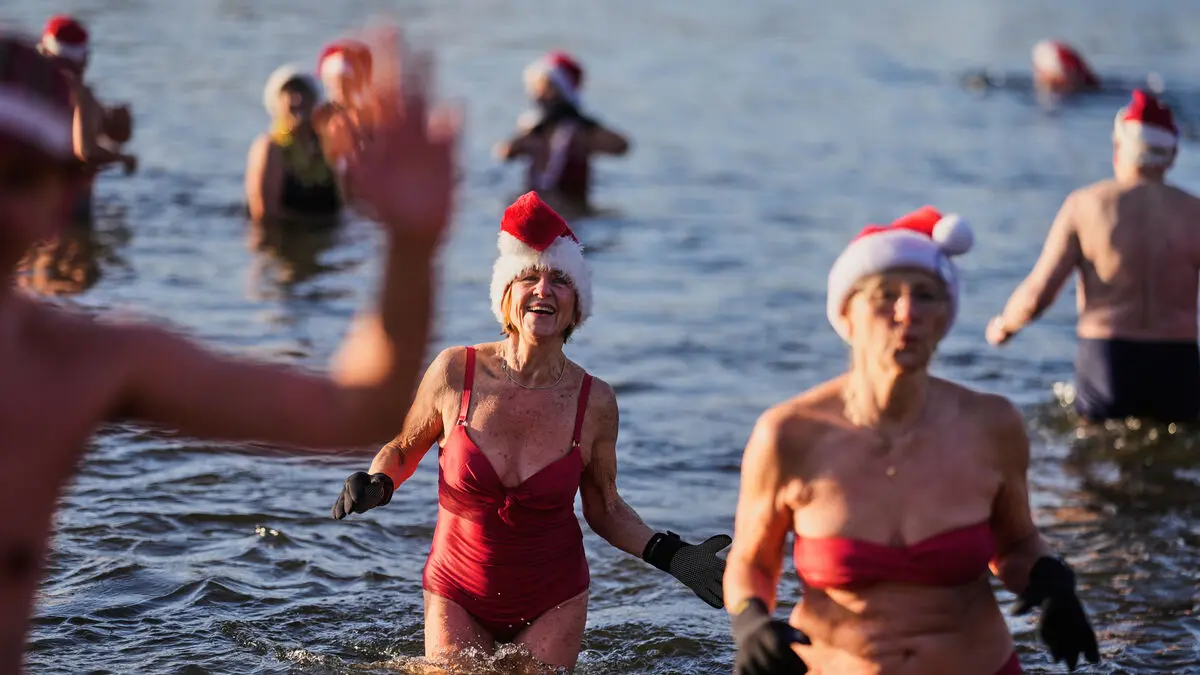The violence in the stands that led the police to shut down the match between Hammarby and Djurgården is very serious and problematic, according to Forssmed (KD).
People can be seriously injured, he says.
The match is not the only one with disorderly conduct – and on November 5, he has called representatives from football, police, and prosecutors to a new meeting.
There is still much to be done, both when it comes to arenas, perimeter fencing, the possibility of bringing in pyrotechnics, and a culture where there are still players and leaders who think it's a lot of emotions in football and therefore have to accept this type of mess in the stands.
Pyrotechnics get in
Despite previous meetings where the problem was addressed, supporters still manage to smuggle in Bengal lights, bangers, and fireworks into the arenas.
It's clear that it's not okay that we see this situation again and again, says Forssmed.
He assumes that the organizers carefully analyze how this can happen and take the necessary measures to prevent it.
Forssmed is also critical that too few violent supporters are banned by the clubs. Before the Allsvenskan premiere in the spring, the clubs had banned 65 people, compared to 224 entry bans issued by prosecutors, according to a previous SVT investigation.
The clubs use the opportunity for organizer bans to a too small extent. When the threshold for an organizer ban is actually lower than for an entry ban.
Stricter penalties await
Hammarby's security chief was critical of the police's decision after the interrupted match and received support from Svensk Elitfotboll.
Jakob Forssmed, however, sees no reason to question the police.
Isn't it important that organizers and police stand united against violent perpetrators?
In general, it's very important that you show a united front from clubs, associations, and arena owners. I think that unity has existed at the meetings we've called and I assume that unity will persist, because we can't have it like this, says Forssmed.
The government's investigation to reduce violence in the stands is expected to be completed in March next year. Among other things, it involves stricter penalties for, for example, masking, planned storming, and firing pyrotechnics, but also increased opportunities to share camera material and other measures to counter violence, according to Forssmed.





